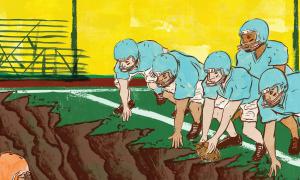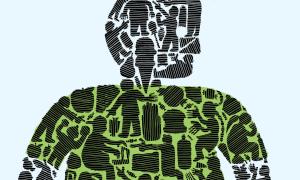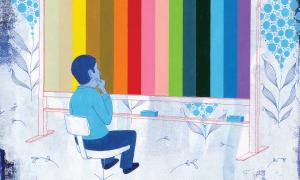Whenever I go into an unfamiliar school, I look closely to see what the walls tell me. I’m not just looking at signage—although that is important—but everything on the walls. A school’s “cultural ecology” is mirrored on its walls. Of course, some physical features of a school come with the territory, but the important question is, “what have they done with the place?” It starts with the halls. A building that is several decades old may feature clinical tile walls, harsh fluorescents and windowless hallways. Some buildings in that age range look like prisons, with bare, gleaming walls. Others of similar vintage shimmer with colorful student art, invite the viewer to explore ideas through posted classroom projects, or offer information for upcoming games, plays, elections, charity drives or concerts.


